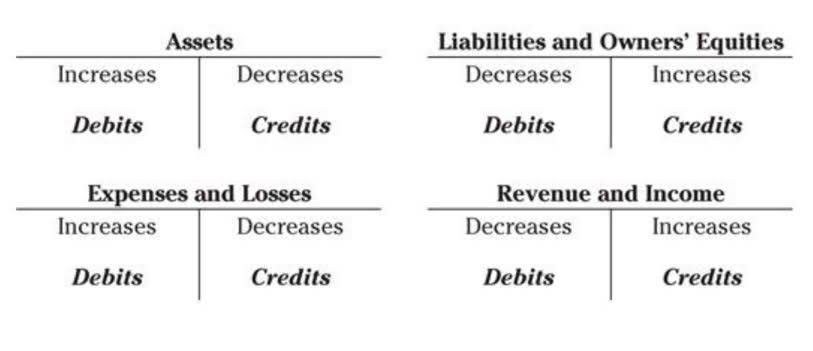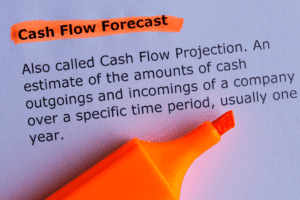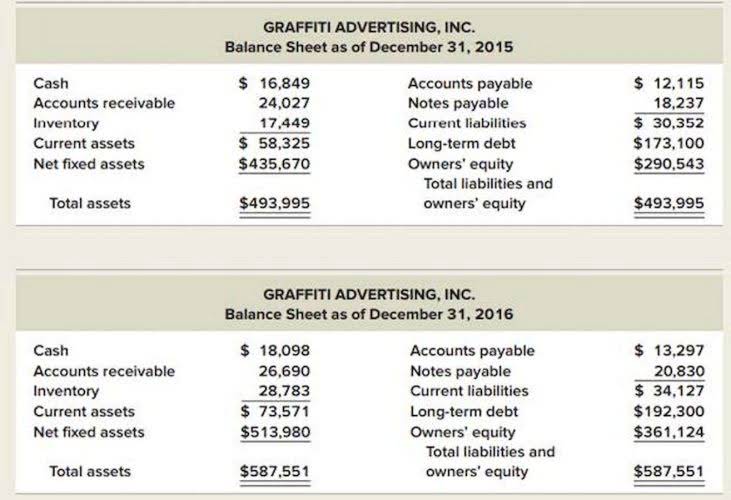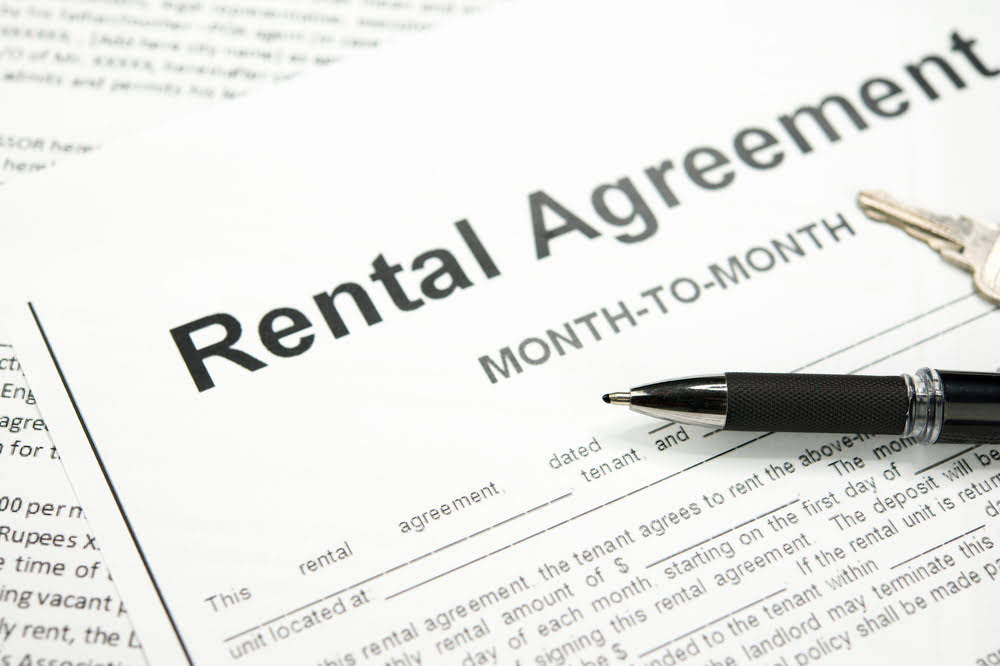
Strategically located for those seeking an ‘accounting firm near me’ in New York, our services encompass a comprehensive range of offerings including bookkeeping, tax preparation, accounting, finance, and fractional CFO work. Leveraging our knowledge of New York’s diverse economic sectors and our proximity to key financial districts, we offer tailored advice and services that resonate with the specific needs of startups in this dynamic city. Our commitment to being the ‘accounting firm near me’ you can trust, ensures that your startup’s financial journey is managed with expertise and a deep understanding of the unique opportunities and challenges in New York.
- This is not recommended for businesses with more than a few expense or income statements to document.
- The company integrates with a variety of third-party accounting and payroll solutions, including Xero, QuickBooks, Gusto, Bill.com and Expensify.
- You can usually turn tools on or off, which can help you either simplify the user interface or maximize the functions.
- Furthermore, it is not recommended for businesses with staff or plans for expansion.
- We liked it for its simplicity, its usability, and its unusual approach to accounting when so many competitors are going the opposite direction and offering more features and services.
- If you’ve done your own search for accounting firms, you know there are dozens from which to choose.
- We’ve build specific knowledge around the most important accounting issues facing VC-backed startups.
How To Choose a Virtual Bookkeeper for Your Business
However, if you want to take a stab at your accounting, read on to see tech startup accounting tips that you can follow. We’ve included everything from why and how to budget, to free financial model templates, to record keeping, to taxes and more … We like to call it the ultimate guide to startup accounting. There are three best cpa for startups pricing tiers for QuickBooks Live, which are based on your business’s monthly expenses. In addition to the cost of QuickBooks Live, you will pay a monthly subscription fee for QuickBooks Online, which ranges from $30 to $200. Although Wave Advisors has many useful features, it doesn’t provide invoicing or bill pay services.

Best Small Business Accounting Software
For companies with over 500K in revenue or over 1MM in annual operating budget, we can streamline your entire accounting department, from invoicing and AP management, to cash flow forecasting and budget reconciliations. We serve as an entire outsourced accounting department and will report weekly on cash AR and AP, and monthly on financial https://www.bookstime.com/ operations with interim KPI tracking. We can also work with your existing accounting department to build better processes and structures. Is budget your top concern when it comes to online bookkeeping services? With a flat fee of $190 per month, Merritt is one of the most affordable, straight-forward priced solutions out there.

Hire an In-House Accountant
Xero offers fantastic accounting features at a reasonable starting price, but the best accounting software option for you depends on your business’s unique needs and budget. When making a decision to go with a vendor or service partner, fitting into your budget matters. Kruze Consulting offers a variety of pricing plans to help early-stage companies afford accurate startup accounting services. For high-growth startups, especially ones that expect to raise venture capital, management needs access to high quality financial statements. Not only are these necessary for running a highly functioning business, but companies that have a good accounting system, process and data de-risk VC due diligence (and improve the odds of surviving an audit by the IRS). There are many factors to consider, such as if they can handle the accounting tasks you want to outsource and offer the services you need—at present and in the future—at a cost you can afford.

Bookkeeping entails keeping track of all financial documents and transactions relevant to your startup. This may include receipts, tax forms and returns, bank and credit card statements, and proof of payments. You can do bookkeeping manually or use software like QuickBooks to help you manage and track your startup’s financial documents.
Our Top Picks for Best Online Accounting Firms for Small Business
- Another downside worth noting is that their bookkeeping services only integrate with Xero accounting software, meaning those who want to stick with other accounting software will have to look elsewhere.
- We recommend reading our in-depth review of any service that catches your eye to ensure it fits your needs—and your budget.
- Under her leadership, Kruze Consulting has emerged as a distinguished CPA firm, recognized on the Inc 5000 list for five consecutive years, illustrating rapid growth and success in the competitive accounting landscape.
- We weighted each category equally to derive our star ratings, along with our accounting expert’s opinion and advice.
- For example, you will hear bankers, private equity investors, and those kind of folks use EBITDA as a proxy for cash flow.
- Outsourcing your bookkeeping to Bench means you’ll have accurate, up-to-date financials to assist with tax planning and preparation, applying for a small business loan, getting strategic advice or audited financial statements.
- Merritt provides you with a simple user interface for your QuickBooks software and performs your necessary bookkeeping within the QuickBooks application.
The cash-out date is the estimated date you’ll be in business until given your monthly spend and the remainder of the investment you have sitting in your bank account. It’s a good idea to have an accountant/CPA to file your startup’s tax returns and interact with state tax agencies. Monthly accounting help is great for funded startups, but DIY accounting may work for many pre-funded companies.
- They should also have knowledge of your internal operations and other nuances to help reduce your tax liabilities or mistakes that could trigger an IRS audit.
- Founder’s CPA is a public accounting firm that provides personalized services to venture-backed startups with an industry expertise in blockchain, cryptocurrency, FinTech, and SaaS.
- When venture capital funds are investing in your company, or you’ve attracted the interest of an M&A acquirer, they are going to conduct very in-depth due diligence, typically using their own team of experts.
- The research and development, or R&D tax credit, is a US government-sponsored incentive that rewards companies for conducting research and development activities within the United States.
- They may find a worthy solution in QuickBooks Enterprise, desktop enterprise accounting software with cloud-access add-on options.
- Her extensive background in payroll, bookkeeping and management makes her an invaluable resource for clients to utilize.












